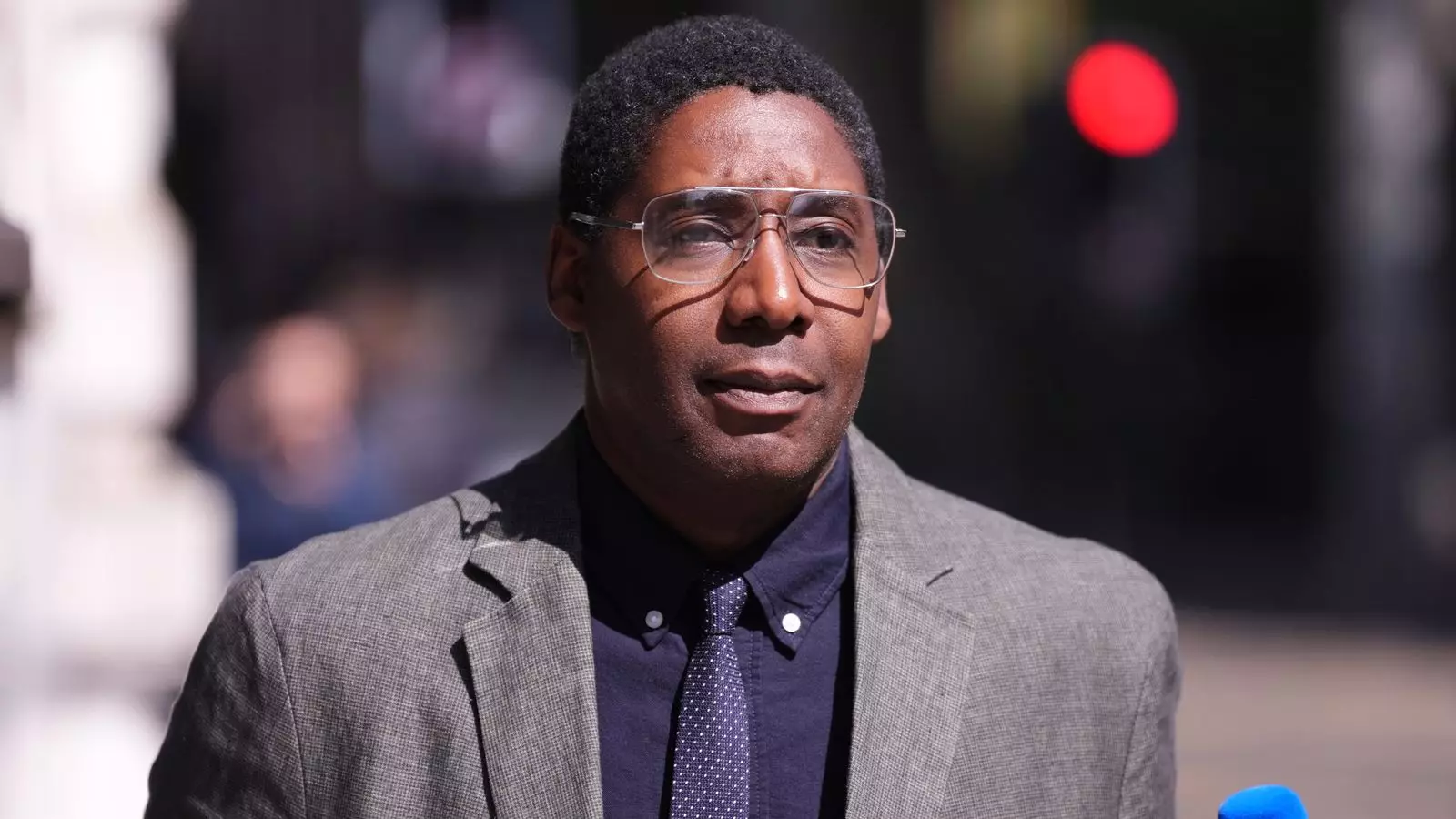The world of art is often painted with the hues of passion, creativity, and a vibrant cultural essence. However, a recent scandal involving Oghenochuko Ojiri, a well-known figure from the British art sector, sheds light on a disturbing truth that lurks beneath this gilded surface. Ojiri, widely recognized for his appearances on shows like Bargain Hunt and BBC’s Antiques Road Trip, has been sentenced to two and a half years in jail for failing to disclose transactions with a man suspected of financing Hezbollah, a designated terrorist organization in the UK. This case exemplifies how the unchecked pursuit of profit can lead individuals to morally questionable decisions, ultimately tainting the realm of art.
The Price of Silence: Art Sales Amid Allegations
During a span of 14 months, Ojiri sold around £140,000 worth of artwork to Nazem Ahmad, a Lebanese diamond dealer known for his extensive art collection and suspected connections to terrorist financing. The gravity of Ojiri’s actions becomes even more apparent when one considers the intent behind the Terrorism Act 2000, which aims to protect society from financial mechanisms that could support extremist groups. The prosecutor’s assertion that Ojiri had a clear understanding of Ahmad’s suspicious background raises critical ethical questions. Was Ojiri merely indifferent, or did he actively choose to overlook the implications of his transactions, prioritizing financial gain over ethical responsibility?
Ojiri’s decision-making reveals a troubling trend; too often, passion for art becomes intertwined with avarice. This incident serves as a cautionary tale for the art world, reminding us that the allure of high-profile sales can blind individuals to the darker realities of who their clients truly are. The renaming of Ojiri’s gallery does little to mask the moral implications of his actions; instead, it highlights a significant betrayal of trust, particularly in a field that rely heavily on reputation and integrity.
The Court’s Scathing Words: A Necessary Reckoning
The judge’s remarks during sentencing resonate deeply, framing Ojiri as a once-respected public figure who has now fallen from grace. Highlighting his responsibilities as a role model, particularly for those from minority backgrounds in the arts and antiques sector, the judge emphasized that Ojiri’s choices were underpinned by calculated self-interest rather than ignorance. This judgment could not be more timely. In an age where ethical consumption is gaining traction, this case serves as a stark reminder that artists and dealers alike need to remain vigilant about the implications of their partnerships.
Rather shockingly, Ojiri attempted to distance himself from the gravity of his actions, communicating hesitantly about his dealings with Ahmad after the latter was sanctioned in the United States. However, the art dealer’s attempt to deflect responsibility clashes starkly with the fact that he continued to engage in sales that he knew were fraught with ethical peril. This duality between public persona and private practice exposes a moral chasm that individuals in culturally influential spaces cannot afford to overlook.
A Call to the Art Community: Accountability Over Avarice
The ramifications of Ojiri’s case extend far beyond the court’s decision. Commander Dominic Murphy of the Metropolitan Police’s counter-terrorism command noted that this prosecution could set a critical precedent for art dealers, delineating a clear boundary between legality and ethicality in the marketplace. The art community must now grapple with the reality that its dealings can perpetuate funding for terrorism, a concept that should send shivers down the spine of anyone committed to the cultural sector.
As conversations regarding ethical practices in various industries grow louder, art dealers must embody not only creativity but also a strong moral compass. Ignoring the potential implications of their clients can lead to catastrophic failures, not just for themselves but for the broader community that looks to them for leadership. In an influential era, the art world must not succumb to easy financial gains but instead strive to cultivate a culture of accountability, transparency, and ethical engagement.
The fallout from this case serves as a wake-up call, echoing within the walls of galleries and auction houses everywhere. In a field that thrives on the intricate relationship between cultural capital and financial viability, it is essential that those at the helm navigate with integrity, ensuring that they do not inadvertently sell their souls alongside their art.



Leave a Reply